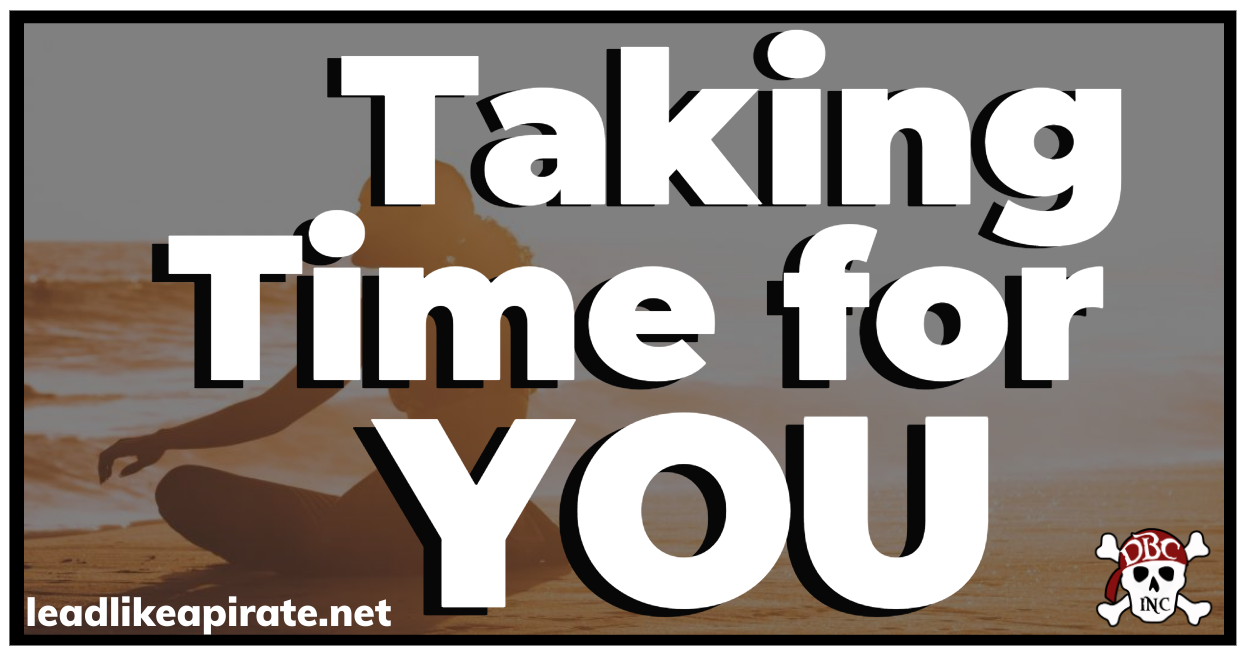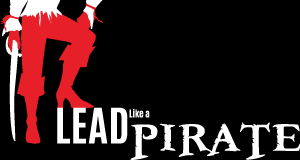
Taking Time for You
by Beth Houf
wellness
noun
-
the state of being in good health, especially as an actively pursued goal.

In a field of serving others, how often do we take time to take care of ourselves? Not just a spa trip, random yoga class or a nice meal out with a friend, but intentional, continual self wellness? I’ll be honest, this was a concept that has been foreign to me. It is not something that I watched the adults in my life growing up do so it felt very selfish to me to take time away from my own family or my work to take care of myself. Until I realized that there is no way I can be a successful educator without making wellness an intentional priority. Daily. No matter what. Last school year was one that pushed me to my limits…both emotionally and physically. The influx of our kids dealing with trauma was staggering. Luckily, I had a phenomenal local resource, Josh Varner (@JoshVarner65) (through the Anne Marie Project) that came and worked with us extensively to understand childhood trauma impacts and how best to respond as educators. Our staff was truly amazing in their actions after the trainings. However, following up with Josh we realized we needed help to help ourselves with our own wellness. The secondary effects of trauma that our staff went through was so real and palpable daily. Josh came back with a whole new training aimed at educator wellness, especially as it deals with those secondary reactions. One of my big takeaways from this work with staff is that it is okay to not be okay. Too many staff members were putting on a brave face and not confronting the emotional toll that was happening. I realized as a leader that intentional focus on our staff well being had to become a priority and fast. I continued to try to be the strength and support for all. I felt like I was experiencing almost a “tertiary” effect to the trauma of both students and staff. The year ended and I had a type of tired creep in that I had not experienced. A family beach vacation helped to ease the pain, but I knew that I had to make big changes moving into the next school year. I realized as the school leader, I HAD to take care of myself to better support and care for those I served. Not by chance, but rather by choice. In my head, I kept making excuses for my daily practices.
I can’t control the issues that fall in my lap.
I can’t control the situations that our students and staff have to deal with in their lives.
I can’t control the negatives situations happening around me.
I can’t
I can’t
I can’t
But then I realized, I DO have control over a lot of things in my life. I choose what I put in my body for nourishment. I choose what time I get up and how I use that time before I go to school. I choose many of the commitments I put on my calendar. As this realization came over me, it was incredibly empowering. How might I make my wellness an intentional priority? I started with something small. I stopped drinking soda. Diet Pepsi was my best friend, so I knew it would be interesting. I planned what I would drink instead. Just that little plan made a difference. The summer went on and I tried to get a fitness routine in place. I struggled with this one. As school started, I realized that my eating habits needed to be the next focus. My amazing assistant principal Erica Hogan (@EricaJHogan) and I decided to meal plan with her sister. They let me know what we would be doing was called “Whole 30.” Sounds great to me! I figured it had to do with whole grains or something like that. OH NO…pretty much only natural foods “from the earth.” Thirty days of this eating. The first month of school. I couldn’t believe we would even attempt it, but we did and it was life-changing. Those first two weeks were basically a detox from all of the processed foods that had been our life. As we finished off the month we felt so good that we’ve continued this plan to this day. It has not been easy, but having a support system has been instrumental to this happening. I also realized that it is easy for people to make fun of your healthy decisions for whatever reason and that I had to become an advocate for my choices. Just the change in my eating habits greatly impacted my overall health and stress tolerance. I enjoyed the days, even those tough ones.
I had the chance to go to a professional development session this past week on educator self care by Adam Drummond. (@AdamDDrummond) The hour that I had to spend with him reiterated the big point that although so much happens in our day that we don’t always choose, we have a choice about our wellness plan. He shared many ideas to try and one that I’ve added to my plan is Friday Reflection. Basically, on Friday afternoons before you leave for the weekend do the following activity.
-
What went well and why? (My goal will be to identify at least 5 things.)
-
What didn’t go well and why? (My goal will limit this to 1-2.)
-
What are 3 goals for next week?
-
How will you get there?
It is important to remember that educator wellness and self-care has to be personal to you. Do not feel pressured to do what others are doing if it doesn’t work for you. With that in mind though, it is important to try new things because you may find out that yoga class that sounded intimidating is the perfect fit for you. And stop with the guilt! You are worth it and deserve it! And as my good friend Jessica Cabeen (@JessicaCabeen) says, self care is not selfish, and at times can be life-saving.
Other Wellness Tips to Get You Started
-
Don’t try to do it all. Pick one or two things to try so that you are not overwhelmed. As you make habits, add other ideas.
-
Find a support system. A colleague, friend, PLN member, family member…someone that can help celebrate as well as get you through the tough parts.
-
Make your wellness appointments and take a sick day. Not going to lie…I finally did this for the first time since I was pregnant. My “baby” is nine.
-
Drink water. The goal is half your body weight in ounces, but if anything start with one more glass than you drink now. This is what I’m tackling right now. The effects have been immediate!
-
Take time to send two positive emails or write two positive notes daily. Our energy is contagious.
-
Analyze your before school routine. Are you frazzled before you even start? Are you giving yourself plenty of time to be ready for the day?
-
Eating habits. Are they helping or hindering? You may not be ready for a big overhaul, but if anything, start by adding fruits and veggies. Small steps can go great distances.
-
Talk through the hard situations instead of bottling them up inside. Being positive doesn’t mean ignoring the negative, it’s mindset and how we respond and react.
-
Say no. Let that wash over you for a minute. It is ok to say no. You can do it without being rude. I found that I am most ineffective when I attempt to squeeze in more commitments then actually time. Of course, at times we don’t have a choice. One way I have learned to do this is when someone asks me if I have a minute, and I actually don’t because I’m already committed, I say, “I don’t right now, but I do at ____time. I want to give you my full attention.”
And Ideas from our PLN:
Schedule it and be intentional with your time. Early mornings, evenings, and weekends have been key for me! Rachael George (@runnin26)
My biggest takeaway…being proud of myself for slowing down and appreciating my surroundings, rather than feeling guilty about it. Bethany Hill (@BethHill2829)
Present over perfection. Megan Hunter (@MegJHunter)
More from @AdamDDrummond
-
Sleep and sleep routines. Not just catch up on the weekends. Start by just trying to get 30 more minutes.
-
Write two events that happened each day.
-
Build on positive friendships. Our attitude and those around us are contagious.
-
Journal
-
Schedule relaxation time so that it happens
-
Take a lunch break or eat lunch with students
-
Take a walk
Please take a moment to reflect on your current practices. What is filling your cup? What is draining you? Where do you need to start? How might we be a support for you? To be your most effective, productive you, your wellness matters. Take a moment to share out your favorite wellness tips to our #LeadLAP hashtag. You never know who you might inspire with your story.
Thank you for taking time to read part one in our series on wellness. The next post will be all about how to help establish a culture of wellness in your school.
